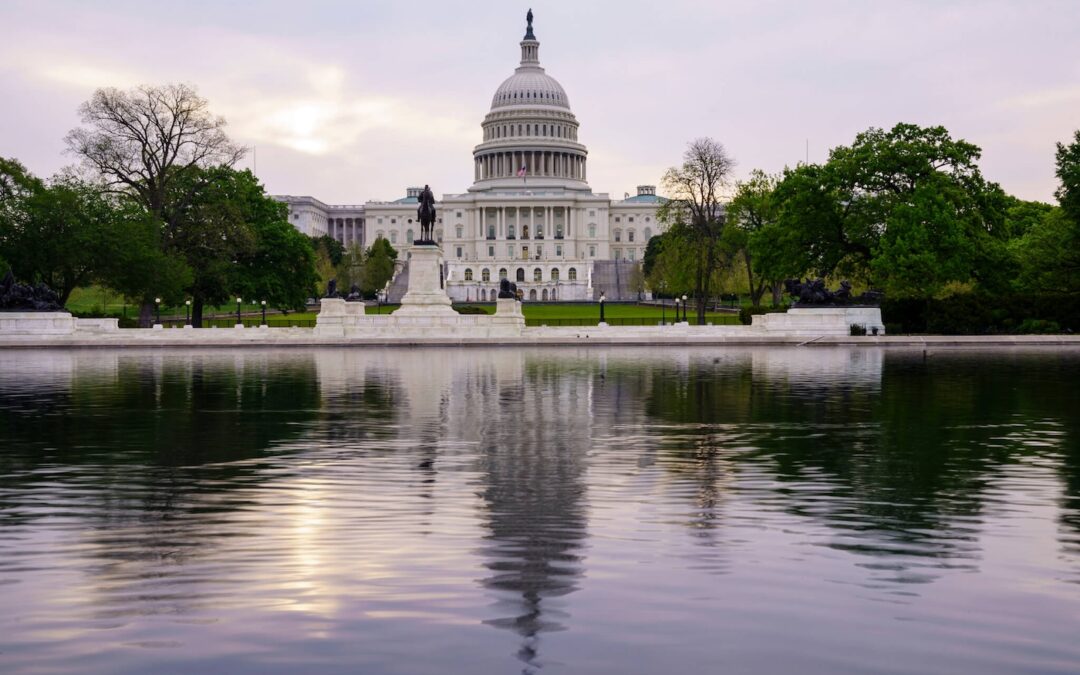
#image_title
Wisconsin already had a Baby Boomer retirement crisis on its hands, the pandemic has only exacerbated the ongoing workforce losses.
Kim Wagner remembers her last day at the gas station. It was during the COVID-19 pandemic and a man from out of town came into the gas station with a runny nose.
“Literally, his nose was running on the money in his pocket book and, you know, there’s nothing dirtier than money,” Wagner said. “After I saw that, I’m like, ‘I’m done.’ And I was done.”
Wagner, who will turn 65 this spring, was semi-retired but comfortable with her part-time job at a rural gas station along Highway 60 outside of Muscoda. She had no plans to go into full retirement, but that calculation changed once the pandemic began. Very few people coming through the gas station were wearing masks and some of her younger colleagues had traveled to Florida or Colorado on spring break.
“I said, ‘Do I want to live dirt poor? Or do I want to risk just being okay and die?’” she said. “That’s really how I felt. And I chose to be dirt poor and live.”
Wagner was not alone in her choice. A recent report from Goldman Sachs found that out of the 5 million people who left the workforce during the pandemic, 3.4 million were over the age of 55 who are unlikely to re-enter the workforce. Of those, 1.5 million would be considered “natural” retirements, and 1 million early retirements. The remaining 900,000 exited for “other reasons.”
UW-Milwaukee economics professor John Heywood pointed out that in Wisconsin, there have been warning signs for decades of a pending labor shortage once the Baby Boom generation retires.
“We’ve been watching this bulge move through the snake since it was created in the fifties and sixties,” Heywood said. “And now it’s through the snake, or almost.”
“My retirement will be the end of it,” he joked.
Slow-Moving Train Crash
In Wisconsin, the working-age population peaked in 2011. Even then, research showed that unless the state managed to attract new, younger workers, it would face a worker shortage.
Some employers are trying to entice workers with signing bonuses, higher wages, and better benefits but Heywood said it’s too little too late. After decades of low birth rates, and, more recently, stifled immigration, Wisconsin’s worker shortage woes aren’t going to turn around overnight.
Legislative Republicans have been focused on pushing more people into the workforce. Their first effort was a a failed attempt to block federal unemployment insurance benefits before they were due to expire in September. Sen. Howard Marklein (R-Spring Green) who introduced the legislation said that he’d heard from employers in his district that they were “competing with the couch” for workers.
RELATED: COVID Is Spiking Again in Wisconsin—Just in Time for the Holidays
There’s not much evidence to support that narrative, according to Heywood. Multiple studies found that expanded unemployment benefits during the pandemic had little to no effect on labor participation. Heywood saw the same results in Wisconsin after the expanded benefits ended in September. At the time Wisconsin’s unemployment rate was around 3.9%, today it is at 3.2%
Plus, Heywood said evidence shows Wisconsinites want to work, as shown by the state’s “above average labor force participation rate.”
“What that means is that, if you take a slice of the population that can work, a disproportionate share in Wisconsin—when compared to the national average—are working,” Heywood said. “We’re coming from a place that, at least in terms of some basic notion of wanting to work, Wisconsin is not in a bad place.”
As for the narrative that “people don’t want to work,” Wagner said she’s heard it all before. She didn’t buy it then, and she doesn’t buy it now.
“I’ve worked my entire life and I’m not that unusual,” she said. “To me, it’s just the old Ronald Reagan thing that he came up with, trying to demean people for needing assistance when the world that they’re operating in is not sustaining them.”
What Now?
Long-term, Heywood thinks the state should look at policies to attract young people, such as lowering out-of-state tuition, implementing parental leave policies, and supporting the care industry. For younger workers, the Goldman Sachs report confirmed that many are being held back from rejoining the workforce due to the lack of child care and home health care options.
Another option would be to target immigrants. Heywood pointed to Dayton, Ohio, which is making a concerted push to attract immigrants to their community.
“All of these, of course, conservatives may hate,” Heywood said. “But the point is they can help fix the problem.”
As for older Wisconsinites, Heywood said the pandemic just gave them an extra push when they already had one foot out the door. And they’re probably not coming back.
“Especially if they’ve lost their job because of the pandemic,” Heywood said. “Asking somebody who’s 62, who thought they were going to retire when they’re 65, to retool, find a new job, and jump back in there, if they have enough savings, they don’t need to. Most rational people wouldn’t think the investment is worth it.”
While there haven’t been any academic studies surveying retirees on what pushed them to leave, one clue is the industries that are currently struggling to find workers involve lots of face-to-face interaction with strangers: Restaurants, retail, trucking, etc.
Now that she’s had some time off, Wagner said she could understand why younger workers are also reevaluating their options, and not just because of COVID-19. During her decades of customer service and management experience, she’s had her fair share of the general public “and some of us aren’t very well behaved.”
“I’m tired of dealing with ignorant people. I’m tired of the public because, I don’t care where you are, they can be so nasty at the drop of a hat,” she said. “I’m tired of people acting entitled and rude.”
Wagner didn’t have any issues with her former employer and said they treated her well and paid comparatively well, but could understand why other workers are fighting for more. In previous jobs she learned “how awfully toxic” some workplaces can be, even if they have good wages and benefits.
“If I was much younger, if I was in my 20s or 30s, I would be rethinking what I want to do with my life. I want to be treated right. I want benefits. I want a living wage,” she said. “They’re also seeing this line of what’s at risk and they’re rethinking what they want to do with their time.”

‘Some people work their butts off and other people get rich’: Gwen Frisbie-Fulton’s view from rural America
Growing up, my dad only made two rules for me outside of my chores. The first one was that I wasn’t allowed to make soap with lye. Glycerine soap,...

Wisconsin will get hit hardest from Trump’s trade war, analysis shows
The other 49 states have between 1% to 8% of their labor force working in industries getting hit by retaliatory tariffs. Nearly 10% of the Wisconsin...

Opinion: New year, new priorities from Congress? Or more of the same?
Opportunity Wisconsin calls on the state’s Republican Congressional delegation to prioritize Wisconsin families in 2025, though their record casts...

Trump’s inaugural speech is at odds with the Wisconsin economy. Could he trash the ongoing recovery?
The president says he’ll bring down inflation, which is already coming down, and build manufacturing, which is already on the rise in Wisconsin. His...




